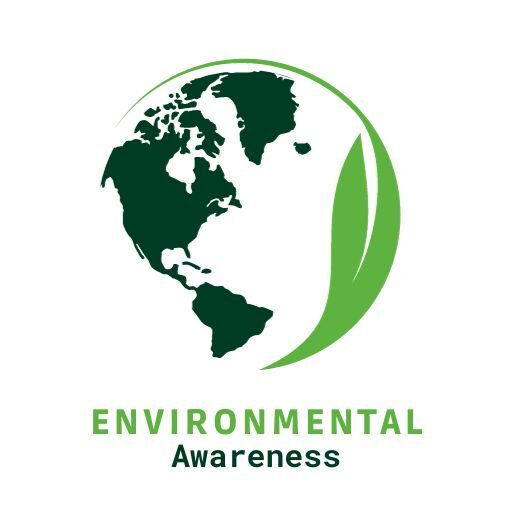
Green Schools: Sustainable Practices and Curriculum Innovations
There has never been a greater pressing need to solve environmental challenges in the modern world. With biodiversity in jeopardy and climate change looming large, adopting sustainable practices has become essential in many facets of life. Education is one area in which sustainability is becoming more and more prevalent, especially with the rise of “green” schools. These educational establishments are not only embracing eco-friendly procedures but also incorporating sustainability into their curricula, thereby molding a new generation of environmentally aware people. In this blog, we’ll explore the concept of green schools, delve into their sustainable practices, and examine the innovative curriculums that promote environmental stewardship among students.
Understanding Green Schools
Environmental sustainability is given top priority in the operations and educational programs of green schools, commonly referred to as eco-schools or sustainable schools. These educational institutions seek to lessen their influence on the environment while giving students a comprehensive awareness of environmental problems and solutions. Green building design, water conservation, waste reduction, energy efficiency, and environmental teaching are just a few of the elements that make up the idea of “green schools.”
Sustainable Practices in Green Schools
One of the defining features of green schools is their commitment to implementing sustainable practices within their premises. These practices often include:
- Energy Efficiency: Using techniques like solar panel installation, energy-efficient lighting, and smart building management systems to maximize energy use, green schools place a high priority on energy efficiency.
- Waste Reduction and Recycling: By promoting methods like composting, recycling paper, plastic, and other materials, and reducing the use of single-use plastics and packaging, these schools help reduce waste.
- Water Conservation: Another important area of concentration for green schools is water conservation. They put into practice strategies including installing low-flow fixtures, collecting rainwater for irrigation and other non-potable applications and teaching kids the value of water conservation.
- Green construction Design: Sustainable construction plans emphasizing insulation, natural lighting, and ventilation are common in green schools. To reduce their negative effects on the environment, they might also use ecologically friendly building practices and recycled materials.
- Transportation Initiatives: Green schools encourage walking, biking, and carpooling as alternatives to transportation in order to lower transportation-related carbon emissions. They might also set up programs for carpooling and allocate spaces for bicyclists to park.
Green schools provide an example of sustainable living in their communities and lessen their environmental impact by putting these sustainable ideas into practice.
Curriculum Innovations
Green schools incorporate environmental education into their curricula in addition to sustainable activities to foster in their students a sense of environmental stewardship. These curricular innovations include interactive learning, multidisciplinary approaches, and community engagement in addition to regular classroom instruction. Among the essential curricular components in green schools are:
- experience Learning: Students who can interact directly with the environment are given priority in green schools when it comes to experience learning chances. Field trips to nearby parks, nature reserves, or ecological restoration sites may be part of this, allowing students to see and experience ecosystems directly.
- Project-Based Learning: A key component of the curricula in green schools is project-based learning. In addition to developing their understanding of sustainability, students engage in practical environmental initiatives like building school gardens, putting recycling programs into place, or performing energy audits. These activities also help students develop their critical thinking and problem-solving abilities.
- Interdisciplinary Approaches: Science, math, social studies, and language arts are just a few of the disciplines that are taught in green schools using interdisciplinary methods. Students gain a comprehensive understanding of sustainability and learn how environmental concerns are interconnected through this multidisciplinary approach.
- Outdoor Education: Green schools understand the value of outdoor education in helping children develop an awareness of the natural world and a sense of connection with it. To encourage environmental awareness and conservation, they integrate outdoor activities like nature walks, camping excursions, and wildlife observation into school curricula.
- Community Engagement: By forming alliances with businesses, government agencies, and environmental organizations, green schools actively involve the local community in their environmental activities. Through these collaborations, students can work with professionals on community-based projects and contribute significantly to environmental conservation efforts.
Through these curriculum innovations, green schools empower students to become active agents of change in addressing environmental challenges and promoting sustainability in their communities.
Benefits of Green Schools
The adoption of sustainable practices and innovative curriculums in green schools offers numerous benefits, both for students and society as a whole. Some of these benefits include:
- Environmental Awareness: Green schools cultivate a sense of environmental awareness and responsibility among students, equipping them with the knowledge and skills to become environmentally literate citizens.
- Academic Achievement: Studies have shown that integrating sustainability into the curriculum can improve academic performance, as students are more engaged and motivated to learn when topics are relevant to their lives and the world around them.
- Health and Well-being: Green schools provide healthier learning environments by reducing exposure to toxins and pollutants, improving indoor air quality, and promoting physical activity through outdoor education and active transportation initiatives.
- Cost Savings: Sustainable practices such as energy efficiency and waste reduction can result in significant cost savings for schools over time, freeing up resources to invest in educational programs and facilities.
- Community Resilience: By engaging with the local community and promoting sustainable practices, green schools contribute to building resilient and environmentally conscious communities that are better equipped to address environmental challenges and adapt to climate change.
To sum up, green schools are essential in encouraging children to be sustainable and to be good stewards of the environment. Through the implementation of new curriculum ideas and sustainable practices, these educational institutions are not only lessening their environmental impact but also enabling the upcoming generation to take the lead in establishing a more equitable and sustainable future. Green schools offer optimism as we work to address the urgent environmental concerns of our day by proving that education can be a potent catalyst for change.





